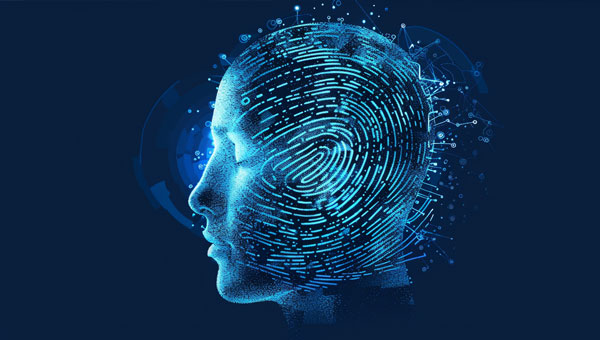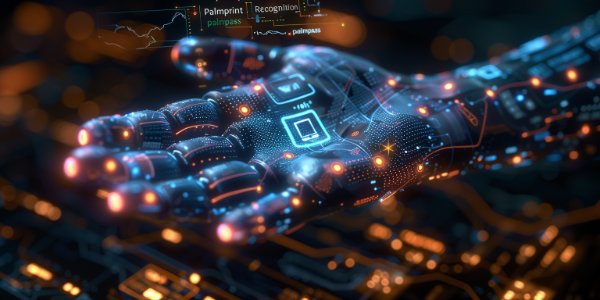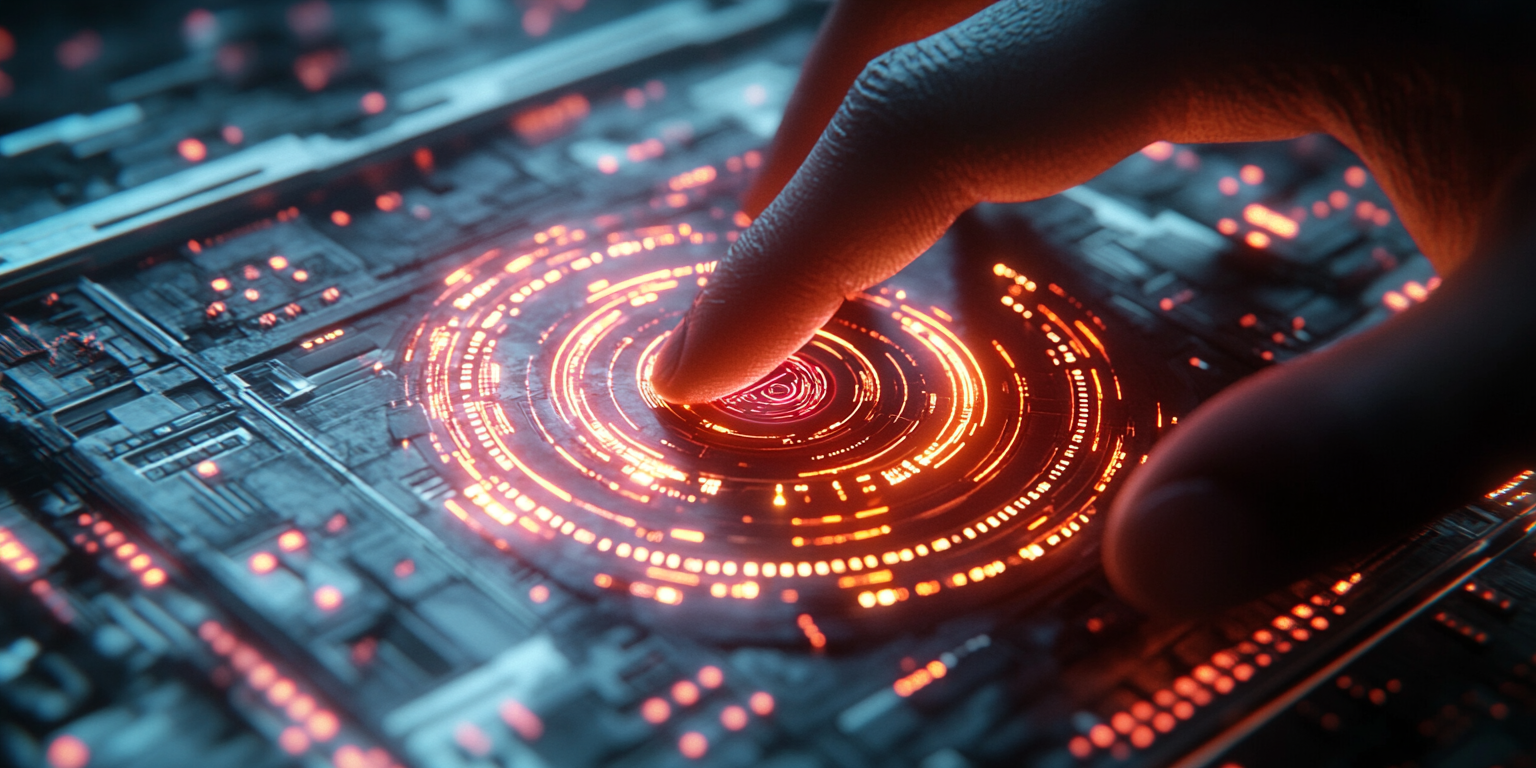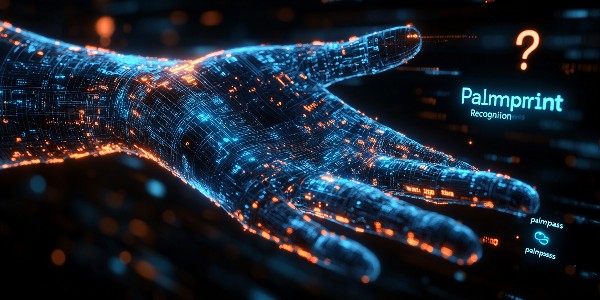Unlocking the Future of Security with Palmpass: A Deep Dive into Palmprint Recognition and Biometric Technologies
Palmpass is revolutionizing security with its advanced Palmprint Recognition technology, providing a secure and convenient biometric solution for identity verification.
In the ever-evolving landscape of security and authentication, biometric technologies are at the forefront of innovation. Among these, Palmpass is pioneering advanced Palmprint Recognition, providing a secure and convenient solution for identity verification. This article explores the intricacies of Palmprint Recognition, compares it with other biometric systems like iris recognition, and delves into the broader implications and workings of biometric identification.
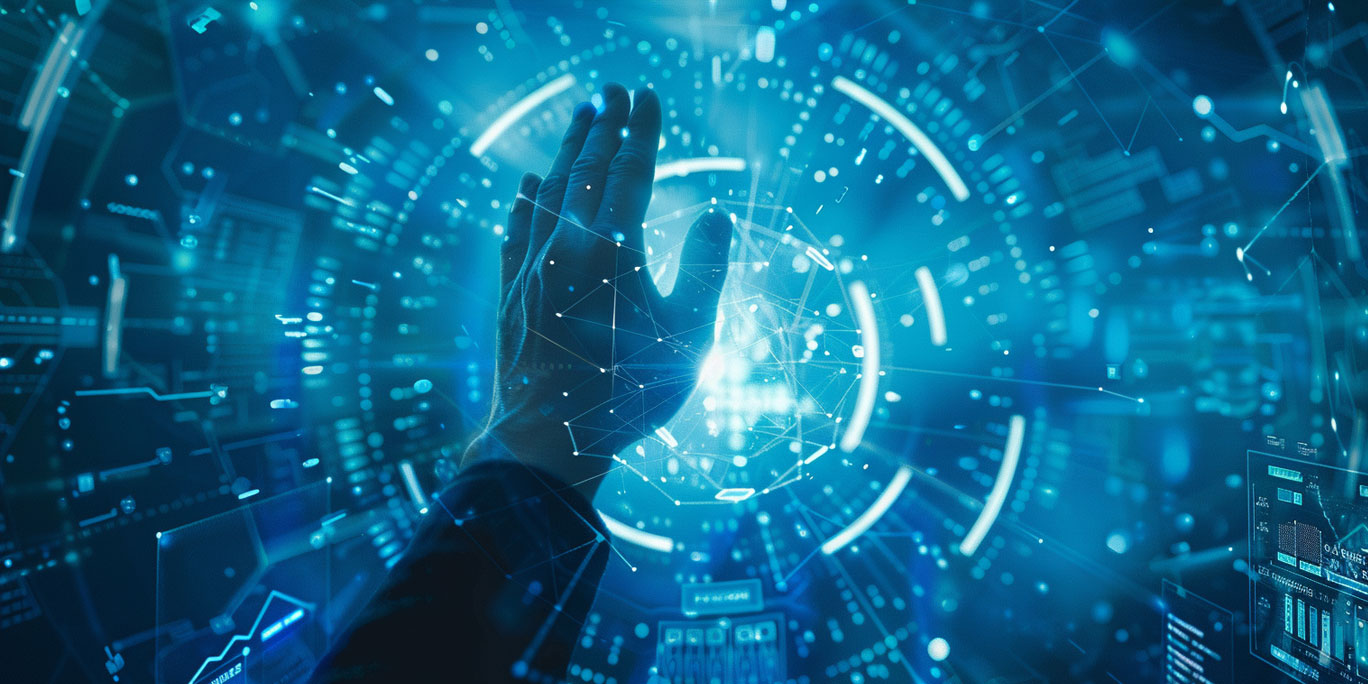
Palmpass: Leading the Way in Palmprint Recognition
Palmpass is a cutting-edge technology company specializing in Palmprint Recognition. Unlike traditional security methods that rely on passwords or physical tokens, Palmpass utilizes unique palmprint patterns to authenticate individuals. This method is highly secure due to the complexity and uniqueness of palmprints, making it nearly impossible to replicate or forge.
Understanding Palmprint Recognition
Palmprint Recognition is a biometric technique that captures and analyzes the intricate patterns of ridges and valleys on an individual's palm. The process involves several steps:
Data Collection: A high-resolution image of the palm is captured using a specialized scanner.
Feature Extraction: Key features of the palmprint, such as principal lines, minutiae points, and texture patterns, are identified and extracted.
Pattern Matching: The extracted features are compared with stored templates in the database to verify the individual's identity.
This technology is lauded for its accuracy, ease of use, and non-invasiveness, making it an ideal solution for various applications, from secure access control to financial transactions.
Comparing Palmprint Recognition with Iris Recognition Systems
While Palmprint Recognition is gaining traction, other biometric systems, like iris recognition, are also prevalent. Iris recognition systems analyze the unique patterns in the colored ring surrounding the pupil of an individual's eye. Here's how the two compare:
Accuracy: Both systems are highly accurate, but iris recognition is often considered slightly more precise due to the intricate and stable nature of iris patterns.
User Experience: Palmprint Recognition is generally more user-friendly as it does not require the user to position their face precisely in front of a scanner.
Use Cases: Palmprint Recognition is well-suited for environments where contactless verification is beneficial, while iris recognition is often used in high-security areas requiring extremely precise identification.
Biometric ID Meaning and Its Importance
The term biometric ID refers to an identity verification method that uses biological traits, such as fingerprints, palmprints, or iris patterns, to authenticate individuals. The meaning of biometric ID is rooted in the ability to offer a high level of security by leveraging unique and immutable biological characteristics.
Biometric IDs are crucial in today's security landscape for several reasons:
Enhanced Security: Biological traits are much harder to duplicate than traditional passwords or ID cards.
Convenience: Users can quickly and easily verify their identity without remembering passwords or carrying physical tokens.
Fraud Prevention: Biometric IDs significantly reduce the risk of identity theft and fraud.
How Biometric Works: The Underlying Technology
Understanding how biometric works involves looking at the technology and processes behind it. Biometric systems typically follow these steps:
Enrollment: The individual's biometric data is captured and stored in a secure database.
Storage: The data is encrypted and stored as a template for future comparison.
Authentication: During verification, the system captures the biometric data again and compares it with the stored template.
Matching: If the captured data matches the stored template within an acceptable threshold, the individual is authenticated.
The technology behind biometric systems includes advanced algorithms for feature extraction and pattern matching, ensuring high accuracy and reliability.
Conclusion
Palmpass and its innovative Palmprint Recognition technology represent the future of secure and convenient identity verification. As biometric technologies continue to evolve, they offer enhanced security, improved user experiences, and robust fraud prevention. Whether through palmprints or irises, the fundamental principle remains the same: leveraging the uniqueness of biological traits to create a safer and more secure world.




